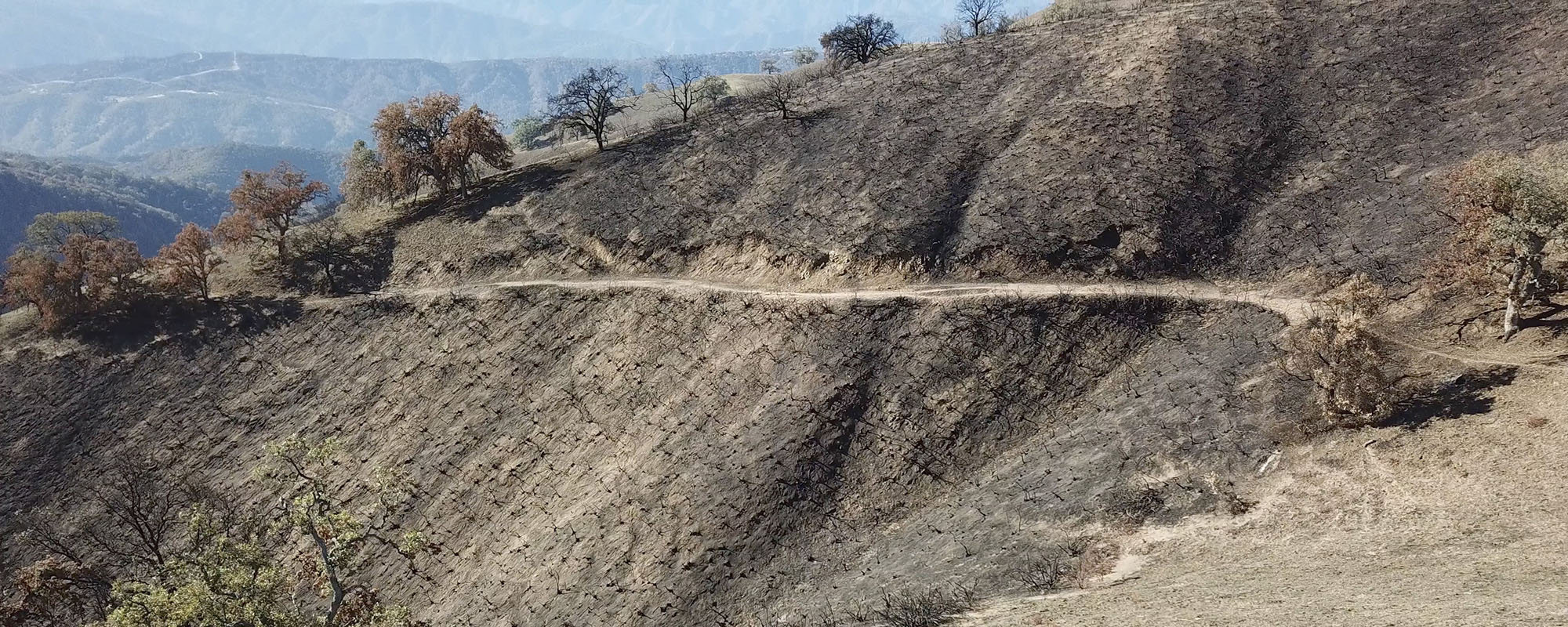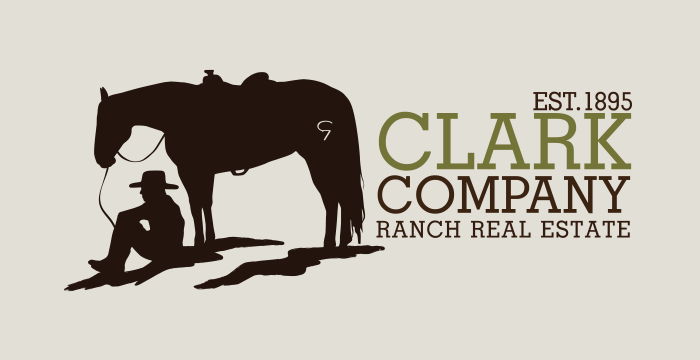California Drought Series: Episode 3
California’s Drought & The Compounding Effects of Wildfire
In our great Golden State, wildfire is the adversary that haunts us every year.
|
If you live in an area that is particularly prone to wildfires, it’s essential to be prepared. Readyforwildfire.org has great resources for coming up with a customized wildfire action plan that both you and your family should be familiar with. They suggest creating an evacuation plan that includes:
|
It's perhaps the most pressing and pervasive natural disaster we face in California–one we’ve battled for years on end. Living with drought and wildfire seems to be the tradeoff for the Western lifestyle. While we enjoy the fruits of plentiful, crop-growing sun and soil without the fear or inconvenience of harsh Winters, we suffer through water shortages and live with the ever-present threat of wildfire.
In the midst of a worsening drought with no end in sight, wildfire season is more dangerous than ever. In this article, we will be talking about the devastating and wide-ranging effects of these wildfires, how drought and global warming have compounding effects on these issues, and what we can do to prepare for the fire season.
The Damage Done & How Drought Plays a Part
According to Cal Fire & the US Forest Service, 2021 had a combined YTD total of 8,786 fires with 2,568,941 acres burned. 2020 recorded an even more dire fire season, with a whopping 9,639 fires and 4,257,059 acres burned.
Recent research shows that since the 1980s, the size and intensity of wildfires in California have notably increased. Fifteen of the twenty largest wildfires in California history have occurred since 2000, and ten of the most costly and destructive fires to life and property in the state have occurred since 2015.
So, why the uptick? The short answer is drought and improper management.
Drought works to fuel wildfires by drying out trees and grasslands rapidly, therefore increasing not only the probability of ignition but also the rate at which the fire spreads once it’s ignited. As drought conditions intensify with warmer global temperatures (especially here on the West Coast), the extreme heat combined with a lack of precipitation and snowpack lead to decreased streamflow, dry soils, and large-scale tree deaths. Together, these conditions are a recipe for more extreme fires that burn hotter, faster, and longer.
Not only does drought directly impact the occurrence and severity of wildfires, it also has a domino effect impacting drinking water supply, agriculture, and human health & livelihood. “When wildfire hits in drought-stricken areas, watersheds and reservoirs can be further impacted by ash and debris flows, water treatment facilities may shut down with damage or loss of power, crops can be destroyed, and smoke can affect animal and human health.” - National Integrated Drought Information System. Not to mention that in the worst of scenarios, property is ruined beyond repair, infrastructure fails, and lives are lost.
Wildfire: An Essential Ecosystem Process
Living in an area that’s ravaged by wildfire annually, it may be hard to envision wildfires as anything but destructive. But the truth is, they’re an essential part of our ecosystem.
"Fire can act as a catalyst for promoting biological diversity and healthy ecosystems, reducing buildup of organic debris, releasing nutrients into the soil, and triggering changes in vegetation community composition." - California Department of Fish and Wildlife
Letting fires burn when they don't affect human lives or structures, manually thinning forests, and/or prescribed burning have long been used to manage the balance between protecting ourselves from wildfires and allowing them to serve their necessary ecological functions.
However, with increased intensity and frequency of droughts as well as warming global temperatures, the scales between the "good and bad" of wildfires is beginning to tip.
Fire Fuel Reduction and the Role of Livestock
Many experts believe there is a simple way to reduce fire fuel and in turn, reduce the intensity and devastation of wildfires: livestock grazing.
According to Felix Ratcliff, a rangeland scientist with LD Ford Consultants in Santa Cruz County, “Cattle grazing has its greatest effect on rangeland fuels by reducing grasses and forbs, also known as fine fuels. Grazing also slows or stops encroachment of shrubs or other woody species into grassland ecosystems—particularly important in coastal areas of the state where shrubs can encroach rapidly into grassland.” Ratcliff continues, “The study found that in 2017, about 1.8 million head of beef cattle grazed in the state, and those animals removed more than 6 million tons of forage/fuel.”
Devii Rao, San Benito County Director and Area Livestock and Natural Resources Advisor at University of California Agriculture and Natural Resources, agrees. She states “Livestock grazing is the most widespread (and often the only feasible) management practice to reduce fire hazard from herbaceous fuels in California rangelands. Despite that, many public land management agencies do not allow livestock grazing on their lands. A study from 1983 found that the rate of combustion of grazed grasslands was reduced by 58%...”
What Can Be Done?
It's becoming more and more essential for wildfire management professionals to have access to current and future drought conditions in order to properly manage wildfires. All the while larger, hotter, and faster burning fires are quickly diminishing fire suppression budgets and efforts.
The time is now to start rethinking historical practices of wildfire management and develop new processes and technologies to restore the balance between a healthy ecosystem and human lives.
In Conclusion
The result of horrific fires, as we have experienced the last several years, is the loss of livestock and property, wildlife and livelihoods.
As a fourth generation rancher, I believe the extent of damage of many wildfires can be attributed to the discontinuation of grazing on State and Federal lands. The underbrush grows rampant and government agencies have been cutting back permitted grazing the last 30 years. It’s not a large grab–they take a little more and a little more and make grazing and prescribed burns more and more restrictive.
This is why voting on the local and state level is essential–it’s both the elected officials and their appointees that dictate the regulations and disallow private grazing on government lands. Next time you go to the ballot, consider casting your vote to elect state and federal officials that support grazing and agriculture.
Sources:
https://www.drought.gov/sectors/wildfire-management
https://www.fire.ca.gov/stats-events/
https://wildlife.ca.gov/Science-Institute/Wildfire-Impacts
https://www.readyforwildfire.org/prepare-for-wildfire/get-set/wildfire-action-plan/

